When it comes to engine longevity, the timing system can make or break your vehicle’s lifespan. Timing chains are generally seen as more durable and long-lasting compared to timing belts, but there are always exceptions on both ends.
Some engines have earned a bulletproof reputation thanks to their solid timing chain systems, while others have gained infamy for fragile belts that can leave owners stranded — or worse, facing engine rebuilds. Here are five cars known for their legendary chains and five that unfortunately fall into the “fragile belt” category.
5 Cars With Legendary Timing Chains
When it comes to engine reliability, few components are as crucial — or as overlooked — as the timing chain. Unlike timing belts, which often require regular replacement and come with a hard expiration date, a well-built timing chain can outlast the engine itself.
Some cars are engineered with chains so durable, they’ve earned legendary status among enthusiasts, mechanics, and high-mileage drivers alike. In this article, we’re diving into five vehicles that set the gold standard with timing chains built to go the distance — no drama, no ticking time bombs, just mechanical confidence mile after mile.
Toyota 2JZ-GTE (Supra Mk4)
The 2JZ-GTE, most famously found in the Mk4 Toyota Supra, has achieved legendary status not only for its performance but also for its sheer mechanical toughness. The timing chain on this 3.0L inline-6 turbocharged engine can handle serious abuse and extreme horsepower upgrades without issue.
With regular maintenance, these chains often go well beyond 250,000 miles, making this engine a favorite among tuners and enthusiasts who want both power and peace of mind.
The 2JZ engine was manufactured from 1991 to 2007. It’s a 3.0-liter inline six-cylinder gasoline engine and stands as one of Toyota’s most iconic powerplants — especially in its 2JZ-GTE twin-turbo form, which powered the legendary Toyota Supra.
However, a more common variant is the 2JZ-GE, a naturally aspirated version widely used across various Toyota and Lexus models, including the Toyota Altezza, Aristo, Soarer, as well as the Lexus IS300, GS300, and SC300. This version is particularly known for its strong reliability and impressive performance.
The overall architecture of the 2JZ shares similarities with the 1JZ engine, though it’s far more than just a stroked version. Its cylinder block is constructed from cast iron — a material known for its strength and durability. Compared to the 1JZ, the 2JZ features a taller engine block, necessitated by a 14.5 mm (0.57 in) increase in stroke.
To accommodate this, the engine employs a new crankshaft and longer, hot-forged connecting rods. The first-generation 2JZ-GE came with an aluminum cylinder head, designed for simplicity and efficiency, featuring four valves per cylinder, centrally located spark plugs, and belt-driven dual overhead camshafts.

Intake valve diameter is 33.5 mm, while exhaust valve diameter is 29.0 mm. The camshaft specifications are as follows: duration — 233/236 degrees (intake/exhaust), and valve lift — 8.26/8.41 mm (intake/exhaust).
This version utilized a conventional ignition system with a distributor and a single ignition coil. The intake setup included an aluminum manifold and Toyota’s ACIS (Acoustic Control Induction System), which features variable intake runner length. The naturally aspirated 2JZ boasts a 10.5:1 compression ratio.
In 1997, Toyota introduced the second-generation 2JZ-GE, incorporating VVT-i (Variable Valve Timing with intelligence) for intake valve timing and a more advanced DIS (Distributorless Ignition System). While not a true coil-on-plug system, it uses one ignition coil for every two cylinders.
These VVT-i versions also featured upgraded connecting rods made from high-strength vanadium steel. The camshaft specs for VVT-i engines are slightly altered: duration — 233/226 degrees (intake/exhaust). These engines also adopted Toyota’s ETCS-i (Electronic Throttle Control System – intelligent) for improved throttle response and efficiency.
All versions of the 2JZ — both with and without VVT-i — featured shimless bucket tappets in the valvetrain. Valve clearances must be checked and adjusted every 60,000 miles (100,000 kilometers). Production of the 2JZ-GE VVT-i variant concluded in 2005.
Honda K-Series Engines (K20/K24)
Honda’s K-series engines, like the K20 and K24, are known for their high-revving capabilities, fuel efficiency, and dependability. A major part of their durability comes from a well-designed timing chain system that rarely fails under normal use.
Even with spirited driving or light modifications, these chains can last upwards of 200,000 miles or more, which is why the K-series remains a top pick for performance swaps and daily drivers alike.
A tuned Honda K engine makes it significantly harder for other car manufacturers to keep up, especially given how inexpensive and powerful it is. Drop it into your noisy Civic and boom, you’re suddenly toe-to-toe with Mustangs. This engine family spans more than two decades of continuous innovation.
In this exhaustive guide, we leave no stone unturned, covering every K-Series variant as documented by Honda and respected automotive historians. From JDM-only screamers to often-overlooked torque-focused workhorses, this is the ultimate K-Series reference.
The Honda K-Series debuted in 2001 as a replacement for the F-Series, bringing with it a stronger focus on fuel efficiency, emissions control, and performance.
Notable milestones in the K-Series timeline include the 2001 debut of the K20A in the JDM Integra Type R (DC5), the 2002 launch of the K24A1 in the Accord designed for torque delivery in family sedans, the 2006 evolution of i-VTEC featuring dual cam phasing (seen in the K20Z/K24Z), and the 2015 introduction of the turbocharged K20C in the Civic Type R (FK2), which dramatically reshaped Honda’s performance direction.
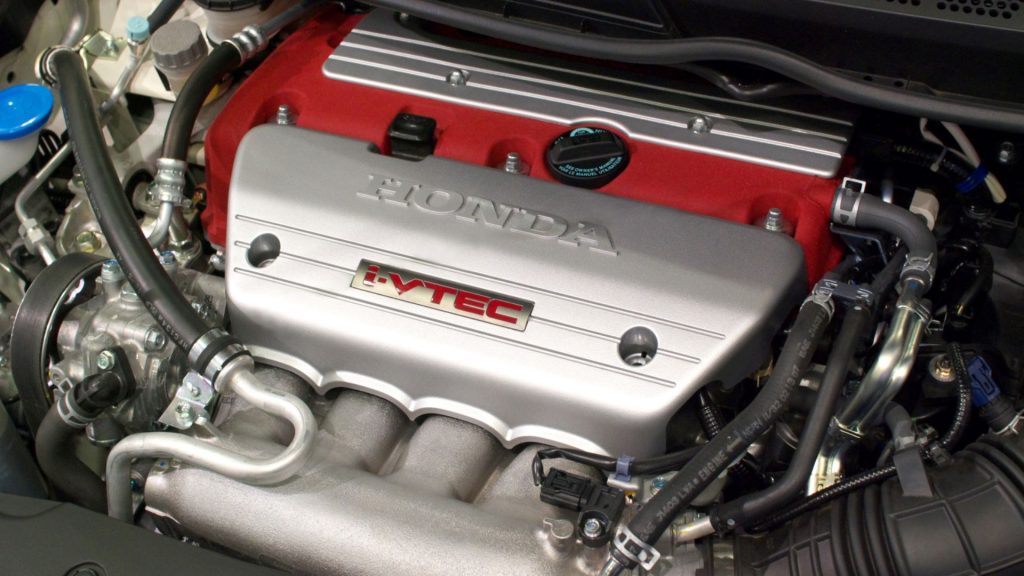
Across its evolution, the K-Series has taken many forms. In the 2.0L K20A family, the original K20A from the Integra Type R DC5 (JDM) delivered 217 HP @ 8,000 RPM and 152 lb-ft @ 7,000 RPM, with a compression ratio of 11.5:1. It featured dual i-VTEC (intake and exhaust), forged internals, and an 8,400 RPM redline.
The K20A2, used in the Acura RSX Type-S (USDM), made 200 HP @ 7,400 RPM and 142 lb-ft @ 6,000 RPM, using single i-VTEC (intake only) and cast pistons with a 10.5:1 compression ratio.
The K20A3, found in the base Acura RSX (USDM), was more economy-focused, generating 160 HP @ 6,500 RPM and 132 lb-ft @ 5,000 RPM with SOHC i-VTEC. The K20A4, used in the Civic Si EP3 (Europe/Japan), produced 197 HP @ 7,800 RPM and 139 lb-ft @ 6,200 RPM, with dual i-VTEC, a cable throttle, and an 8,000 RPM redline.
The 2.3L K23A1, used in the Acura RDX (USDM), was Honda’s first U.S.-market turbo engine. It generated 240 HP @ 6,000 RPM and 260 lb-ft @ 4,500 RPM, and featured a variable-flow turbocharger along with a durable cast iron block.
The K24Z family offered refined performance and technology. The K24Z1, found in the Civic Si FA5 (USDM), generated 197 HP @ 7,800 RPM and 139 lb-ft @ 6,100 RPM, with dual i-VTEC and drive-by-wire throttle. The K24Z2 in the global CR-V made 185 HP @ 7,000 RPM and 163 lb-ft @ 4,400 RPM, incorporating i-VTEC with VTC and a 10.0:1 compression ratio.
The K24Z3, used in the Civic Si FG2 (USDM), maintained the same 197 HP @ 7,000 RPM and 139 lb-ft @ 6,100 RPM, with dual i-VTEC and an 8,000 RPM redline. The K24Z7, also used in the CR-V (global), had 185 HP @ 7,000 RPM and 163 lb-ft @ 4,400 RPM and added Earth Dreams technology with direct injection.
Finally, the Earth Dreams K24W family represented the latest tech. The K24W1, found in the U.S. CR-V, made 184 HP @ 6,400 RPM and 180 lb-ft @ 3,900 RPM, featuring direct injection and a high 11.1:1 compression ratio. The K24W7, in the U.S. Accord, had 185 HP @ 6,400 RPM and 181 lb-ft @ 3,900 RPM, using i-VTEC with VTC and an Atkinson cycle to maximize efficiency.
BMW M54 (E46 3-Series, Early 2000s)
While BMW’s reputation for reliability is hit-or-miss, the M54 straight-six engine found in early 2000s 3-Series models like the E46 is an exception. This engine features a rock-solid timing chain setup that typically doesn’t need any attention for the life of the vehicle. It’s not uncommon to see these engines running strong past 250,000 miles, provided they’re maintained properly.
The BMW M54 engine, produced from 2000 to 2006, is often celebrated as one of BMW’s most reliable and versatile straight-six engines. Its blend of simplicity, long-term durability, and solid performance has secured it legendary status among both enthusiasts and mechanics.
Featured in a wide range of models including the E46 3 Series, E39 5 Series, E53 X5, and the Z4, the M54 remains a defining piece of BMW’s engine legacy. The M54 has earned a reputation for bulletproof reliability when given proper maintenance. With consistent care, many units have achieved exceptionally high mileage.
In fact, some owners report surpassing 500,000 kilometers (310,000 miles) without encountering major mechanical failures. One user on E46Fanatics.com even shares the story of an M54B30 that has surpassed 550,000 miles on the original engine—an extraordinary testament to its longevity and resilience.
This kind of lifespan is made possible by the engine’s uncomplicated design and its relatively easy-to-manage vulnerabilities. Unlike other BMW powerplants that have become notorious for specific flaws, the M54 steers clear of some of the brand’s more common engineering headaches.
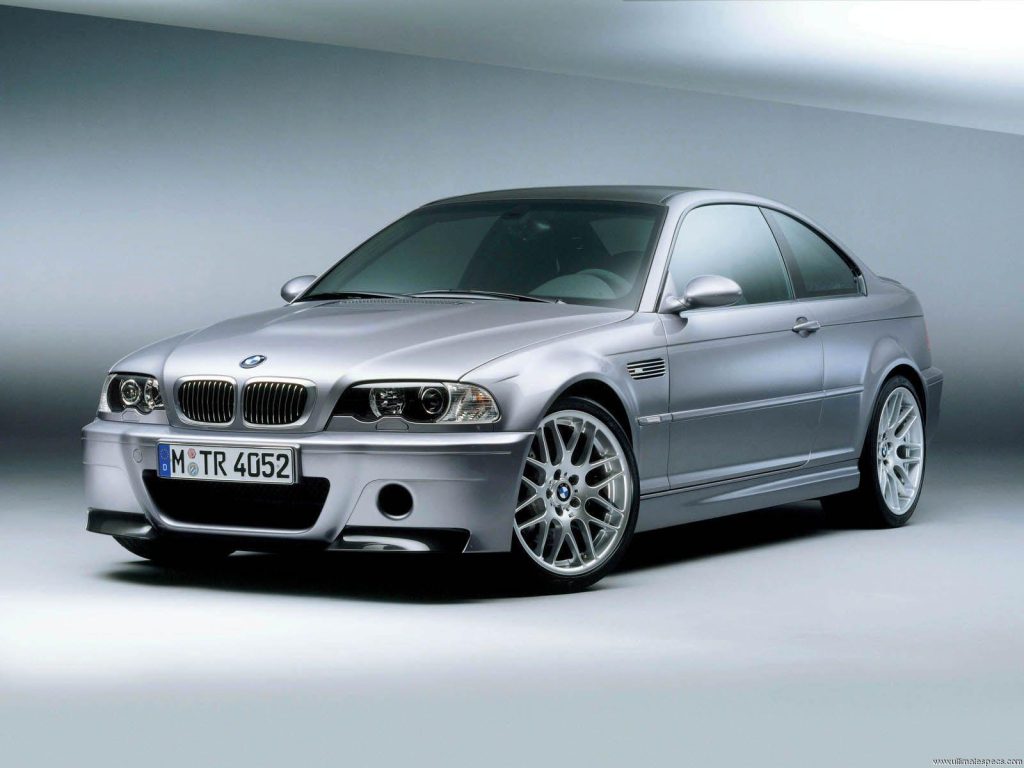
It doesn’t feature turbos or high-pressure fuel pumps like the N54, doesn’t require a timing belt replacement like the M20, and avoids the need for periodic valve adjustments that are necessary with engines like the M30.
Adding to its appeal, the M54 comes with a stock forged crankshaft capable of handling notable power, reinforcing the strength of its internal components.
However, to maintain this level of dependability, owners must stay on top of routine maintenance—particularly when it comes to the cooling system. Overlooking cooling system upkeep can result in severe overheating, which is one of the few critical failure points.
That said, many of the engine’s known weak areas are well documented and relatively simple to address. Components like the DISA valve, VANOS seals, and the oil filter housing gasket (OFHG) can typically be repaired affordably through DIY methods, making the M54 accessible to both experienced mechanics and at-home enthusiasts.
These factors collectively support its reputation as not just a reliable engine, but also one that is forgiving, serviceable, and rewarding to own.
GM LS V8 Engines (5.3L, 6.0L, etc.)
The GM LS family of V8 engines, used in everything from Camaros to Silverados, is a workhorse platform with a well-earned reputation for simplicity and strength.
One of the key factors contributing to this reliability is the robust timing chain design. These chains often last between 200,000 to 300,000 miles, and many trucks are still running on their original chain. It’s part of why the LS swap has become so popular in the car world.
General Motors’ LS V8 engines are likely among the most well-known and well-regarded V8 engines ever. Not only is it capable of handling huge horsepower, but its popularity also means that there’s third-party hardware to allow car owners to drop an LS into almost any engine bay.

That said, the LS isn’t just a go-to engine for budding drag racers aiming to squeeze 500 (or more) hp out of their builds. Since their introduction in the late 1990s, GM’s LS V8s have powered a wide variety of muscle cars. While they’re famously found in icons like the Chevrolet Corvette and Camaro, these engines also made their way into lesser-known vehicles such as the Holden GTO and the Equus Bass 770.
For the purposes of this list, we decided to define a “muscle car” as a two- or four-door passenger car with performance aspirations. So that leaves out trucks (and truck-likes) such as the Chevrolet TrailBlazer SS and HSV Maloo as well as more sedate offerings like the Chevrolet Impala SS and Buick LaCrosse. It’s not a perfect definition, but it’s what we’re working with. Either way, let’s get started.
Mercedes-Benz OM617 Diesel
Mercedes’ OM617 5-cylinder diesel engine, particularly found in the W123 chassis, is a case study in overengineering. The timing chain is a key component of its legendary reliability, often lasting well beyond 400,000 miles with basic oil maintenance.
These engines were designed to outlast the cars themselves, and in many cases, they have. It’s one of the few diesels from the era that you could still daily drive today without worrying about timing failure.
The Mercedes OM617 is a powerhouse in the world of diesel engines, renowned for its robust design and impressive performance. This inline five-cylinder engine has earned a reputation for durability and reliability, making it a popular choice among enthusiasts and those who appreciate the engineering prowess of Mercedes-Benz.
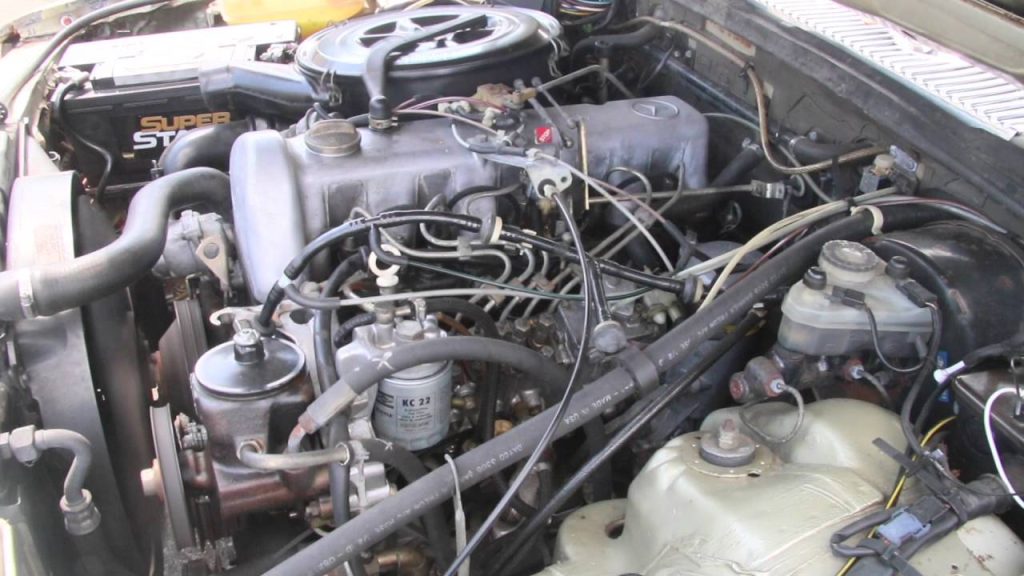
Launched in the 1970s, the OM617 was part of a broader trend in the automotive industry towards more fuel-efficient and environmentally friendly diesel engines. Its engineering excellence has made it a staple in various models, ensuring that it remains a topic of discussion even decades after its initial release.
One of the standout features of the OM617 is its simplicity. With a straightforward design that minimizes the number of moving parts, this engine is less prone to the kind of failures that can plague more complex powertrains.
It was designed with longevity in mind, capable of racking up high mileage without significant degradation in performance. This reliability has made it a favorite among those who seek a dependable vehicle for both daily driving and long-distance travel.
5 Cars With Fragile Timing Belts
Timing belts may be quieter and cheaper to manufacture than chains, but in the wrong engine, they can be a ticking time bomb. Miss a replacement interval, and you’re not just risking a breakdown — you could be looking at a destroyed engine.
Some cars are notorious for fragile timing belts that fail early, cost a fortune to replace, or come with poor access and design flaws that make maintenance a nightmare. In this article, we’re calling out five cars known for timing belts that demand constant attention — or else. If you drive one of these, consider this your warning.
Volkswagen 1.8T 20V (Late 1990s – Early 2000s)
The VW 1.8T engine was a popular choice in the late ’90s and early 2000s for its decent power and efficiency. However, it came with a serious flaw — a timing belt that required vigilant maintenance.
A failed belt almost always resulted in bent valves and costly repairs. VW also didn’t make accessing the belt easy, turning a routine service into a labor-intensive job. These belts typically needed replacing every 60,000 to 75,000 miles.
“The 1.8T was my first turbo engine, and one of the best.” The VAG 1.8T 20v petrol engine, as fitted to Volkswagen, SEAT, Audi, and Skoda vehicles, came from the factory with outputs ranging between 150 and 240 bhp.
With a strong enthusiast following, this engine delivers impressive performance gains when tuned—though understanding the variations between different 1.8T engine codes is crucial.
In this guide, we’ll explore what’s possible in tuning the 1.8T, how much power it can reliably handle, and which modifications offer the best results. There’s an admitted bias here—the 1.8T is a personal favorite due to its tremendous tuning capability and strong aftermarket support.
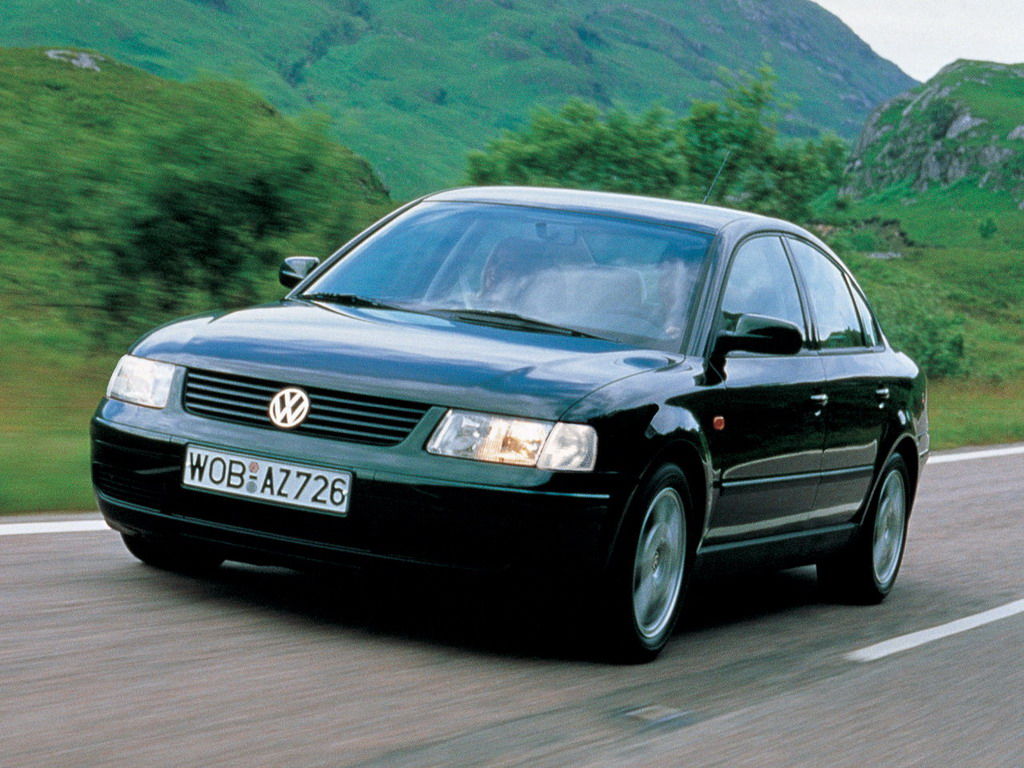
The engine’s 1781cc displacement and 20-valve turbocharged configuration continue to make it one of the most tuneable engines still in use today. It’s found in a wide range of vehicles—from daily-driven family cars like the Audi A3 and A4 to sportier models like the TT and S3.
When tuned, many claim that “350hp on the standard block” is a safe upper limit. However, there are documented cases of enthusiasts pushing well beyond this, with stock internals supporting anywhere from 500 to 700 horsepower—testament to the engine’s incredible strength.
That said, parts compatibility can vary greatly between engines. Some buyers assume they’re getting forged internals, only to later discover cast components instead. While rare, this discrepancy highlights the importance of identifying exactly which version of the engine you have before starting a build.
The 1.8T’s flexibility also makes it a go-to choice for engine swaps, underlining the block’s versatility and popularity in the tuning world. It’s no surprise that the engine was included in Wards 10 Best Engines in 1997, 1998, 2001, 2002, and 2003. The ability to tune the engine so extensively speaks volumes about its adaptability and solid engineering.
For a deep dive, TorqueCars offers a comprehensive video that outlines the essential principles behind 1.8T tuning. The engine was eventually succeeded by the 1.8/2.0 TFSI series, with guides also available for those variants and the newer EA888 engines.
Subaru EJ25 (2.5L H4, NA & Turbo)
Subaru’s EJ25 engine, used in models like the Impreza, Forester, and Outback, is well-known in the enthusiast community. Unfortunately, it’s also known for head gasket issues and a timing belt that can suffer under thermal stress. When that belt goes, it often takes the top end of the engine with it.
The manufacturer recommends replacing it around 105,000 miles, but many owners opt to do it sooner, especially if other engine problems are present.
The 2.5-liter engine from the EJ series made its debut in 1995. The EJ25 stands as the largest engine among the EJ family, which includes the EJ15, EJ16, EJ18, EJ20, and EJ22. Over time, the EJ25 became widely adopted across many of Subaru’s key models, cementing its place in the brand’s lineup.
This engine shares the same basic cylinder block as the EJ20 but features a larger bore of 99.5 mm and an increased stroke of 79 mm (compared to the EJ20’s 75 mm).
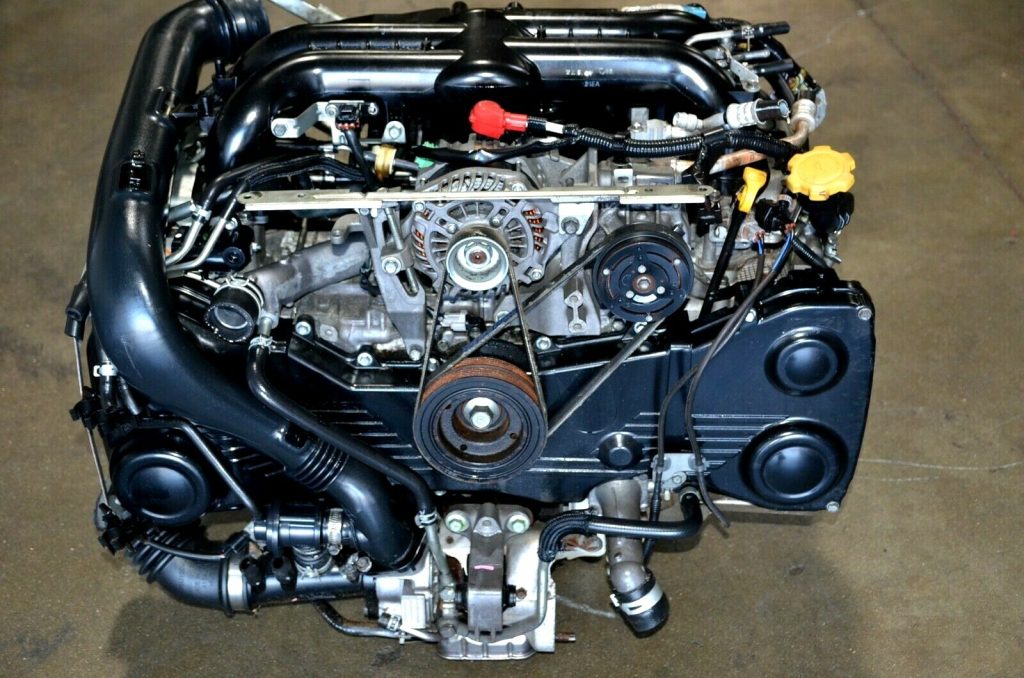
While the connecting rod length remains unchanged, the compression height of the pistons is reduced by 2 mm—coming in at 30.7 mm instead of 32.7 mm. These specific design modifications ultimately deliver the 2.5-liter displacement that defines the EJ25.
The first version of the EJ25, known as the EJ25D, is equipped with DOHC aluminum cylinder heads featuring four valves per cylinder. Like every engine in the EJ family, its camshafts are driven by a timing belt.
Initially, the EJ25D produced 155 horsepower at 5600 rpm, but starting in 1997, it received updated pistons that increased the power output to 165 horsepower. In 1998, this version was replaced by the newer EJ251 engine.
The EJ251 brought several updates, including SOHC cylinder heads, revised pistons, and a higher compression ratio of 10.1:1. Additionally, Subaru developed a specific variant, the EJ252, to meet California emissions standards. This version featured a unique intake manifold and throttle valve setup designed specifically to help reduce emissions.
Mitsubishi 4G63T (Evo 8/9)
The 4G63T found in the Mitsubishi Lancer Evolution 8 and 9 is a beast of an engine with incredible tuning potential. That said, its timing belt is a known weak spot.
High RPMs and boost put stress on the system, so many owners replace the belt well before the factory interval. Most Evo owners change the belt around 60,000 to 70,000 miles to stay safe, especially if they’re pushing more power than stock.
The Mitsubishi 4G63T engine, introduced in the late 1980s, quickly established itself as a benchmark for performance and reliability in the world of turbocharged four-cylinder engines.
With a displacement of 2.0 liters, this inline-four powerplant featured a forged steel crankshaft and an aluminum DOHC cylinder head—components that gave it a strong foundation for both everyday driving and high-performance applications.
Its standout feature was the Mitsubishi TD05 turbocharger, which, combined with intercooling, allowed the engine to produce over 200 horsepower in stock form.
However, what truly set the 4G63T apart was its massive tuning potential. With the right modifications, the engine could reliably produce 400–600 horsepower, and in extreme builds, even more—making it a favorite among tuners and racers alike.
What made the 4G63T even more appealing was its versatility. The engine found its way into a variety of platforms, each showcasing its adaptability and performance edge. In the Mitsubishi Eclipse GSX and GS-T, it became a staple of the 1990s tuning scene, offering both all-wheel and front-wheel-drive options.
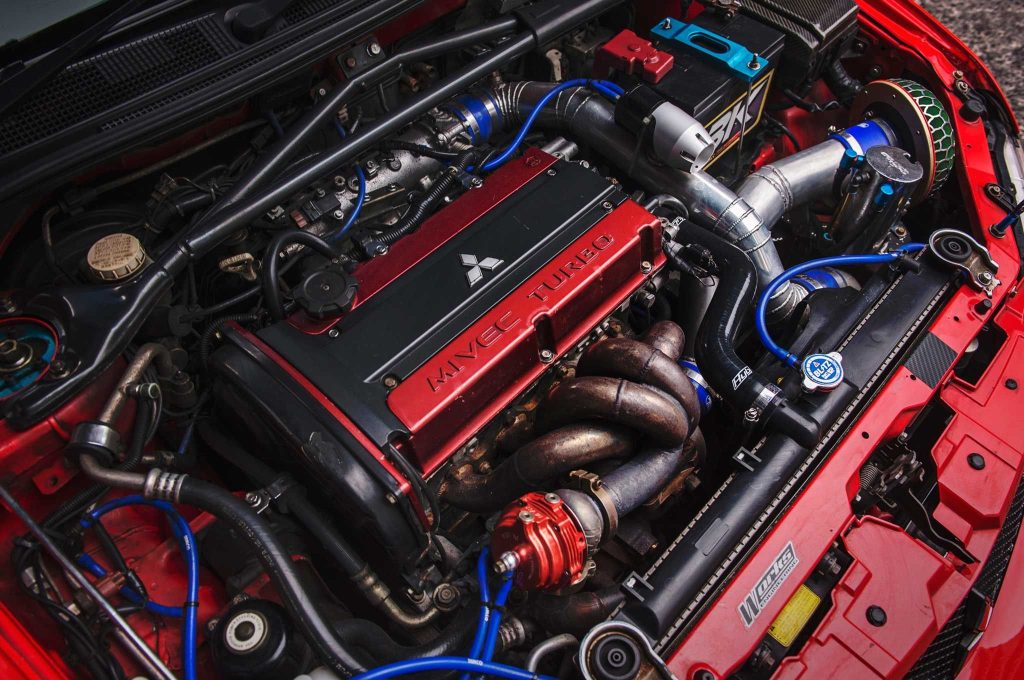
Its twin siblings—the Eagle Talon TSi and the Plymouth Laser—extended the engine’s reach into the American market under the Diamond-Star Motors (DSM) partnership. The Mitsubishi Galant VR-4 brought the 4G63T’s rally DNA to a four-door sedan, offering AWD and turbocharged power in a sleeper package.
Meanwhile, the first three generations of the Mitsubishi Lancer Evolution cemented the engine’s motorsport legacy, dominating rally stages with a combination of turbocharged torque and AWD traction. Even the Mitsubishi Starion, in select markets, showcased early variants of the engine, proving its performance roots in a lightweight, rear-wheel-drive coupe.
Ultimately, the 4G63T wasn’t just another turbocharged engine—it was a symbol of Mitsubishi’s engineering prowess. Built with durability, power, and tunability in mind, it continues to be a go-to choice for enthusiasts building street cars, track weapons, or rally machines. Decades after its debut, the 4G63T still holds a revered place in the tuning world, proving that great engineering doesn’t go out of style.
Chrysler 2.7L V6 (Early 2000s)
The Chrysler 2.7L V6 engine, used in models like the Intrepid and Sebring, earned a bad reputation due to oil sludge problems and — you guessed it — a fragile timing belt. When sludge builds up, it weakens the belt and increases the risk of sudden failure. Though the recommended replacement interval is 100,000 miles, many engines didn’t make it that far without issues.
The 2.7L V6 engine, commonly linked with Chrysler’s LH platform, was introduced in the mid-1990s in response to increasing demand for engines that offered both efficiency and performance.
This engine was developed to provide a practical compromise between power and fuel economy, making it a prominent option across a range of sedans and minivans from Chrysler, Dodge, and Plymouth throughout its production lifespan.
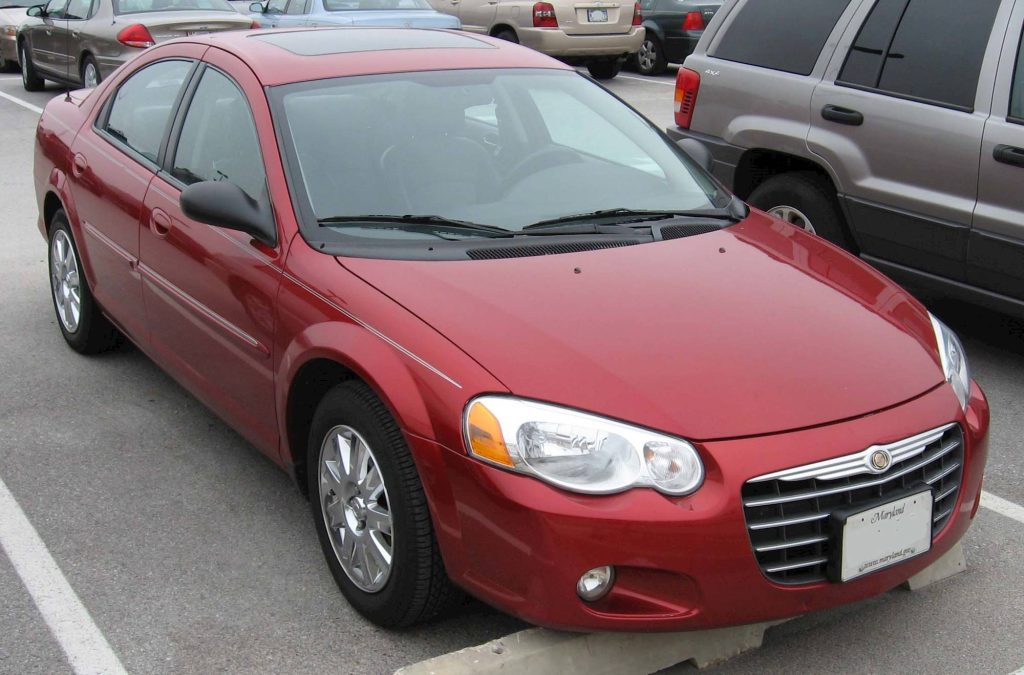
Engineered with a focus on smooth performance and long-term dependability, the 2.7L V6 employed a Dual Overhead Camshaft (DOHC) design and utilized lightweight aluminum materials in its construction.
This combination enhanced not only the engine’s performance characteristics but also contributed to an advantageous weight-to-power ratio. Designed to produce a solid amount of horsepower, the engine proved to be well-suited for both daily driving duties and extended highway trips.
Audi 2.7T (Bi-Turbo V6, S4/B5)
Audi’s 2.7T bi-turbo V6, found in the B5 S4, is a performance powerhouse, but it comes with serious maintenance baggage. The timing belt is one of its biggest liabilities, especially given how labor-intensive it is to replace.
A failed belt on this interference engine almost always results in catastrophic damage. Audi recommends changing it every 60,000 to 75,000 miles, but the cost of doing so is high enough to scare off many would-be buyers.
While timing chains generally offer more longevity, they aren’t immune to failure — and they’re not always quieter or cheaper to fix if things go wrong. Timing belts, on the other hand, can be perfectly reliable if replaced on schedule.
If it’s belt-driven, get a record of when it was last changed or plan to do it immediately. Neglecting this single component can turn a great deal into a dead car. When buying used, always ask, “When was the timing belt last replaced?” That question alone could save you thousands.
The Audi 2.7 T engine is well-known for delivering a balance of performance and luxury, but like any intricately designed powerplant, it comes with its own set of challenges.
Owners of vehicles equipped with this engine—such as the Audi A6 and S4—should be aware of common problems to help prevent costly repairs and mechanical failures. While the 2.7 T is respected for its power and sophisticated engineering, that same complexity can make it susceptible to specific recurring issues that shouldn’t be ignored.
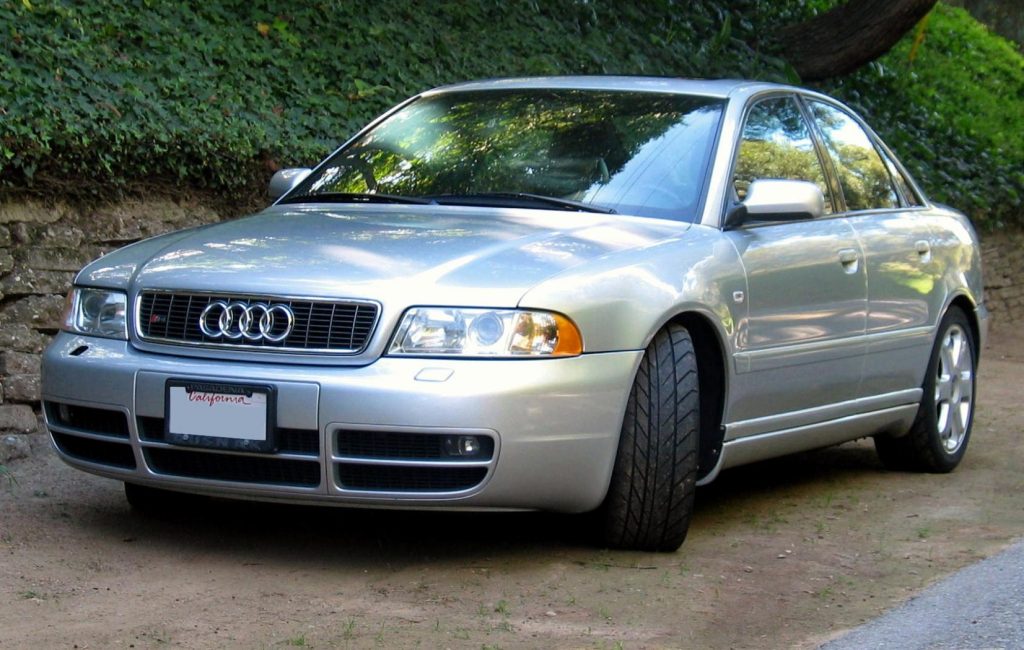
One of the most common problems associated with the 2.7 T engine is oil leakage. These leaks can originate from various components including the valve covers, oil pan, and turbochargers.
Drivers may notice oil spots beneath the vehicle or smell burning oil during operation. If left unattended, these leaks can lead to low oil levels, which in turn may result in severe engine damage. Another critical concern is turbocharger failure.
Turbochargers are central to the engine’s strong performance but are also a known failure point. Typical signs include a noticeable drop in power, excessive exhaust smoke, and a whining noise from the engine bay. These symptoms often suggest that the turbocharger is nearing the end of its lifespan.
In addition to oil and turbo issues, the 2.7 T engine may also suffer from problems in other areas such as the cooling system, electrical components, fuel delivery, transmission, suspension, and brake system.
Each of these areas has been known to cause trouble for some owners, leading to a variety of symptoms ranging from overheating and erratic electrical behavior to poor fuel efficiency and shifting issues. Understanding these potential pitfalls is key to maintaining the engine’s performance and longevity.
Despite its shortcomings, the 2.7 T remains a powerful and well-regarded engine in the Audi lineup. Diagnosing problems early and addressing them with appropriate repairs or preventative maintenance can go a long way in preserving the life of the engine.
Many owners report positive experiences, but feedback varies, and some issues have even prompted recall campaigns. Still, the overall verdict remains that with proper care and attention, the Audi 2.7 T can be both a rewarding and reliable engine.

